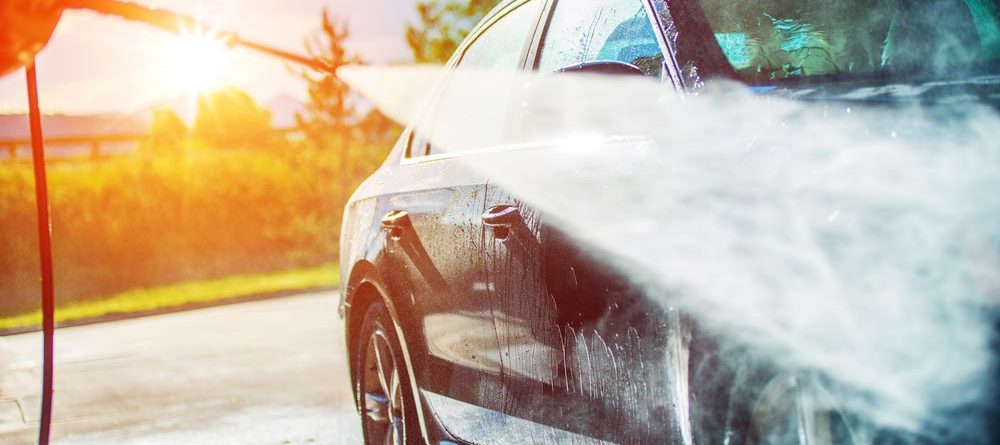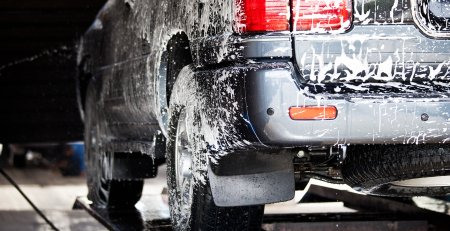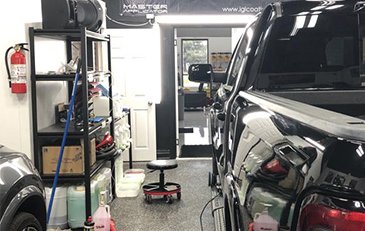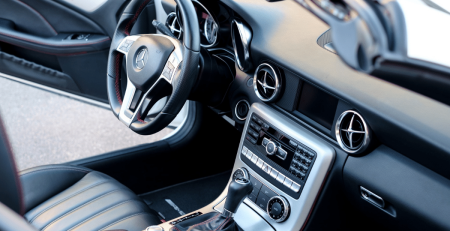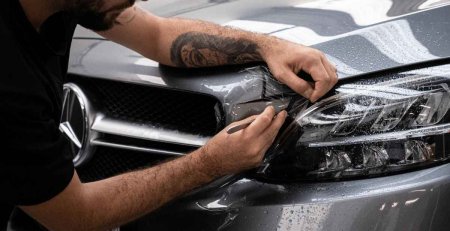Rinseless Wash – A How-To Guide for Beginners
Is your vehicle dirty enough to safely utilize a rinseless wash method? Different situations may be slightly different but it is generally safe to wash your car, SUV, or truck with light dirt accumulation. In cases when you are dealing with heavy dirt accumulation due to irregular washing or visible mud caked on the vehicle paint, a strong water spray or pressure washer is necessary to remove the dirt. A DIY car wash is your best option if you have no available flowing water source or pressure washer around.
How to Do a Rinseless Wash
The first thing you need to do is to use a tall and clean 5-gallon bucket. Most serious enthusiasts who want to do the rinseless wash method prefer the Two Bucket Method where you hold a wash solution in one bucket and clean water in another. Use a tool that traps any road grime or dirt that is removed from the car and settled in the bottom part of your bucket.
Measure the Rinseless Wash Solution
The most common mixture of a rinseless wash concentrate on the market is at 1 oz. for every 2 gallons of water. The best and easiest way to accurately measure the concentrate is to use a measuring cup. You can also utilize a bottle proportion tool with easy regulator adjustment so that you get your desired level.
Washing Your Car
Here is an easy-to-follow, step-by-step guide to effectively washing your car with a rinseless wash method:
1. Wash from the top, working your way down.
Rinseless wash method basically washes and dries a single panel at a time. Wash the roof first before washing and drying the lower panel so that the cleaning solution doesn’t run down and re-wet the dry panel, wasting precious time and energy in the process.
Washing One Section or Panel at a Time
It is imperative to wash just a small section of a panel and drying it before proceeding to another area. Working on a larger area before drying could leave the cleaning solution dried onto the panel, leaving marks. So, how do you determine the size of the section or panel to wash at one time?
• Panel Size
Smaller panels, like those of a mini cooper, are small enough so that you can wash one single panel and dry it prior to the cleaning solution drying out. Larger panels such as Chrysler 300’s should be broken into halves thus allowing you to wash and dry a half of the panel at a time. Wet the panel and loosen the road grime or dirt before blotting or wiping the section or panel dry.
• Airflow and Temperature
Cleaning solutions dry out much faster due to these 2 important factors, specifically when the area has a stronger wind or air current or when the day is warm or hot. Lower temperatures, as well as no-wind locations, are ideal for cleaning solutions to take significant time before drying. Choosing the panel or panel section size is more effective and accurate if you take these factors into consideration. Washing and drying the paint and making sure this happens before the cleaning solution dries on its own is the objective of a rinseless wash.
• Slice the Vehicle into Sections
Before washing with a rinseless car wash method, it is important to divide the sections of the vehicle for easy reference. For instance, start at the roof, the side glass, horizontal panels such as the trunk lid and hood, vertical panels emphasizing the upper portions only, the front bumpers, and grills. Divide the rear vertical panels, rear bumpers, lower vertical panels, and the wheels and tires for last.
2. Use the right wash mitt with a gentle touch.
Carefully and gently move the wash mitt across the vehicle and over the surface, loosening the grip of any road grime or dirt on the paint. It is important to use a specialty wash mitt for the sole purpose of a rinseless wash. Wash mitts with soft and long fibers effectively grab surface dust and dirt in a rinseless wash method. It also safely removes the dirt and dust residues from the paint. The ultra-soft microfiber prevents marring the paint when there is a presence of surface debris. One or two passes of wash mitt over one section of the paint are enough to loosen the dirt and road grime.
3. Mitts in the Bucket
Don’t forget to place the rinseless wash mitt into the bucket with rinse water. Do this until the section is dried up.
4. Dry the Paint
Wipe the panel dry once the panel or a section of it is totally washed up. You can either wipe or blot the panel dry since either technique is effectively usable for the rinseless wash method. Wiping dry the panel is good if you are getting ready to buff your vehicle paint out or you are on a daily drive. Consider blotting the panel if you need to make maintenance wash for a buffed car or aiming for an excellent finish. Make sure you light wipe the surface afterward.
5. Rinse the wash mitt while recollecting the cleaning solution.
Clean your sponge or washing mitt right after the panel is dry and you are up for the next panel. Scrub the wash mitt or sponge against a good tool that could extract dirt particles from the sponge or wash mitt. Wire out the excess water and then proceed to collection fresh cleaning solutions. The same process from step 1 to 5 should be repeated with the same care and meticulous process as you completely finish every panel and section around the car.
Microfiber or cotton towels are ideal for washing wheels and tires with the rinseless wash method. This type of material is more effective on these components of the vehicle rather than the high-quality sponge or wash-mitts that you use for the panels and panel sections. The finest buffing towels are better reserved and used for the paint.
Other Guides:
Step by Step Guide: Detailing Wheels and Tires



